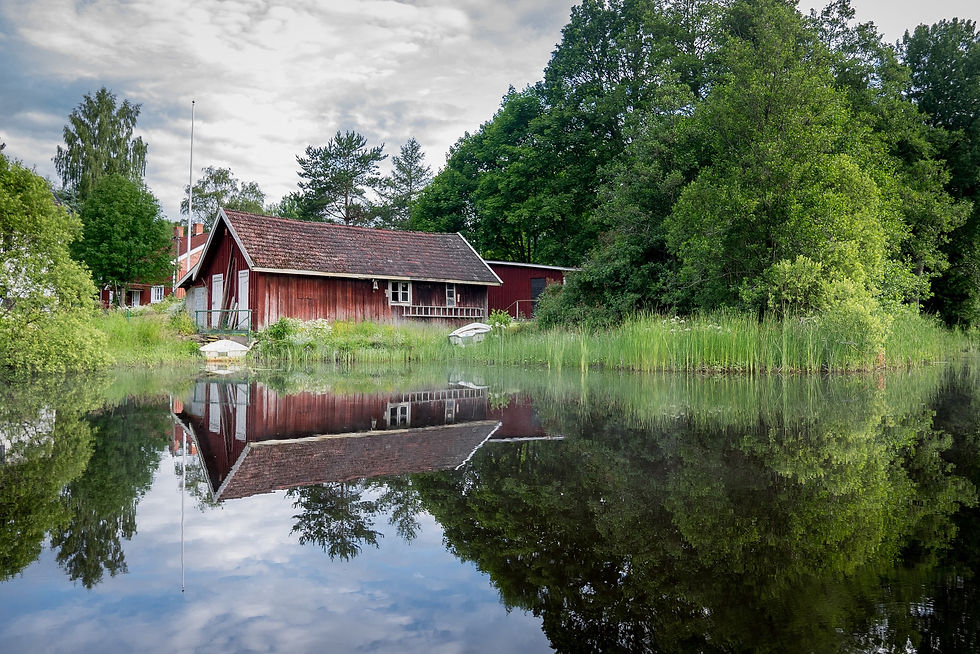Save Your Lake and Keep Things Natural
- Shannon Murray

- Jul 8, 2019
- 2 min read
When you picture the ideal cottage, what does it look like? Is it full of bushy, natural vegetation, or is the lawn mowed like a typical suburban home? Is there a human-made beach so that you don't have to feel that slimy seaweed as you wade into the water? While these luxuries may make us feel nice, they could lead to your lake becoming polluted and un-swimmable.
In recent years, researchers with an understanding of the ecological processes influencing lake water quality have found the importance of a vegetated buffer zone to be substantially higher than many other factors influencing lake water quality. As much as we all may enjoy the feeling of sand between our toes, if we want to keep our local waters algae-free and healthy for years to come (for us and all species that rely on them), keeping your cottage property naturally vegetated may be the best course of action.

Less Costly in the Long Run
Vegetated buffers are useful for a number of reasons in improving the quality of a lake or watershed. A 30 metre vegetated buffer zone directly adjacent to a watershed has been recommended in Ontario, as has been shown to effectively remove sediments and control erosion, remove excessive nutrients and metals, maintain habitat and wildlife diversity, moderate water temperature and stormwater runoff, and finally, reduce the impact of humans on watersheds.
Lakes and rivers without any vegetated buffer zone generally require costly modes of dealing with pollutants and sediment (Fischer and Fischenich 2000).
Never Too Late
Most of the natural lakeside vegetation that has been removed from Ontario lakes was carried out by cottage residents who have installed decks, docks, and other infrastructure (Rideau Valley Conservation Authority 2011). It's never too late, though, to bring things back to their natural order! Consider letting your lakefront property (or at least the 30 metres adjacent to the water) run wild to improve the water quality in your lake.
As water quality researcher J. D. Allan puts it, “not only does the valley rule the stream [...] but increasingly, human activities rule the valley.” Development and population growth have led to an increased emphasis on the importance of land use management within watersheds, and vegetated buffer zones have the potential to mitigate some of their impacts.






Comments